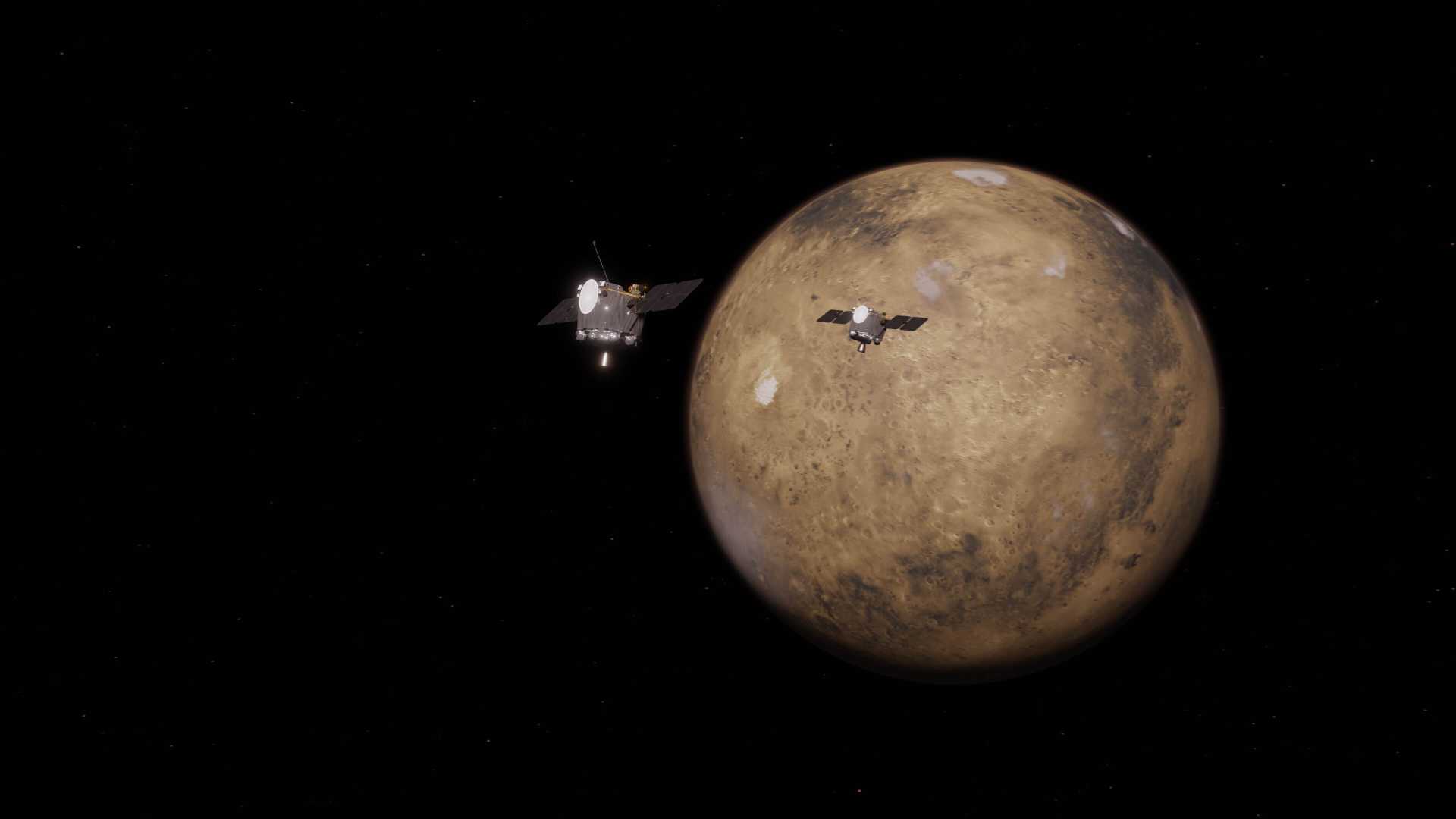News
NASA’s ESCAPADE Mission to Mars Aims to Pave Way for Human Exploration

CAPECANAVERAL, Florida — NASA is set to launch its first dual-satellite mission to Mars, known as ESCAPADE (Escape and Plasma Acceleration and Dynamics Explorers), no earlier than November 9, 2025. This mission will provide a 3D mapping of Mars’ magnetic field and atmosphere, which is crucial for future human colonization. The satellites will offer scientists an unprecedented stereo view of the Martian magnetosphere.
The ESCAPADE spacecraft, managed by the University of California, Berkeley, will help researchers understand how Mars lost its atmosphere and how solar weather affects its conditions. Principal investigator Robert Lillis emphasizes the importance of understanding the ionosphere for astronaut communication and survival on the Red Planet. “Understanding how the ionosphere varies will be a key part in correcting distortions in radio signals essential for communication and navigation,” Lillis said.
Named Blue and Gold after UC Berkeley’s school colors, the identical satellites will be operated from the Space Sciences Laboratory on the Berkeley campus. They are expected to reach Mars in 2027, following a unique trajectory that enables future human exploration. Instead of the traditional elliptical path, the satellites will first move to a Lagrange point, looping around it to save fuel and time on their way to Mars.
Mapping Mars’ magnetic fields and the effect of solar weather is vital, as the planet has a weak magnetic field and a thin atmosphere, exposing any future inhabitants to high solar radiation. “The high-energy particles from solar storms pose a significant risk,” Lillis noted, explaining last year’s documented solar storm that equated to 100 days of normal background radiation on Mars.
Upon arrival, the ESCAPADE satellites will measure solar wind and atmospheric loss, contributing to a better understanding of Mars’ evolution. The mission represents a shift toward more cost-effective and rapid planetary exploration, showcasing UC Berkeley’s long history of contributions to Martian studies. “ESCAPADE is paving the way for new trajectories to Mars,” said Jeffrey Parker of Advanced Space LLC, another project partner.
With a planned operational duration of one year, the mission promises to yield valuable data that could assist in human settlement strategies on Mars. “The key to understanding Mars’ climate evolution lies in understanding how solar wind drives atmospheric escape,” Lillis concluded.












